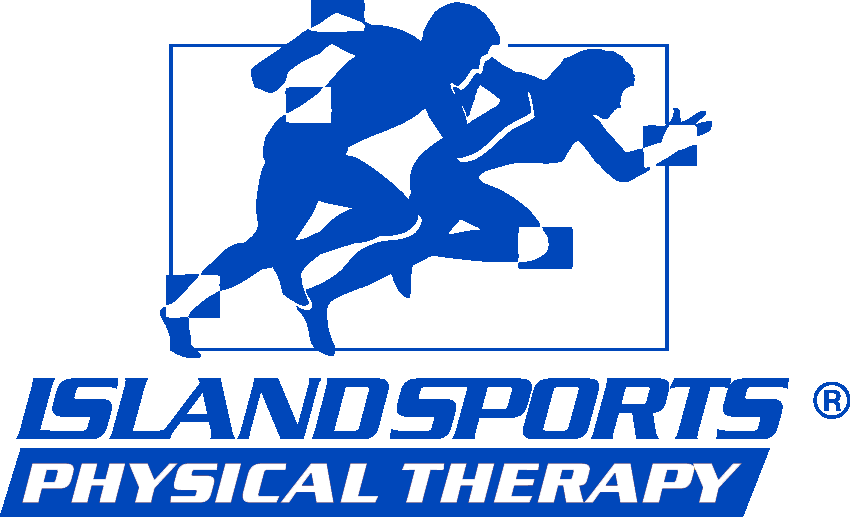Physical Therapy for Neurological Rehabilitation
Physical Therapy for Neurological Rehabilitation
Nervous system damage can be caused by various conditions or disorders such as stroke, Parkinson’s, cerebral palsy, and multiple sclerosis. Physical therapy for treatment or recovery, also known as neurorehabilitation, aims to help patients successfully overcome these ailments. The process can be long and quite arduous as some patients must either learn a “new way” to live, or slowly recover functionality that may have been lost due to the condition or disease. If there has been brain or spinal damage, neurorehabilitation aims to have the patient gain independence and help families cope with the change and adapt to this new way of living that physical therapy hopes to develop.
Neurorehabilitation uses the skills and abilities that have not been compromised by the condition or disease in order to find the highest order of independence possible. Damage to the nervous system can take away the most basic of functions for a patient, and getting them back to living a normal life the best way they can is the ultimate goal. Physical therapy can help patients find a way to live with the condition, find happiness, and regain lost self-esteem due to the condition or the disease.
The nervous system is repaired through increasing the patient’s well being while training or re-teaching patients various mobility, communications, or occupational therapies while aiming to restore the person back to a normal, daily routine. Neurorehabilitation uses a wide variety of different methods to do this, including holistic approaches, while focusing on nutrition and creativity in order to get the patient back on his or her feet. Speech therapy is also a big part of neurorehabilitation as these conditions or diseases may cause a patient to lose cognitive and speaking abilities, and with the advancement of science and technology, these therapies are helping people more and more with their recovery.
